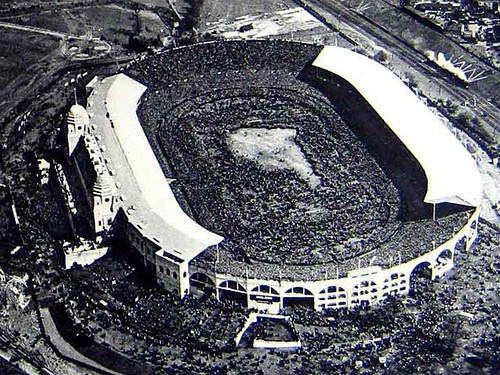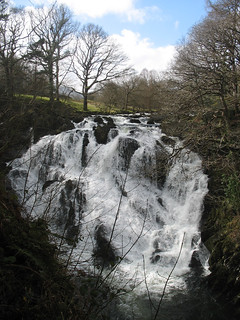What really made this day out different for Charlie was that it didn’t involve much cycling!
The main part of the day was a visit to the Renold factory to see how bicycle chains were made. In this year of 1923 Renold commenced high speed testing of ‘out of alignment’ chains, and Charlie records seeing this test rig in operation, plus other testing rigs which were not normally shown to visitors.
The 35 members of Bolton CTC who visited the Renold plant on this Saturday were part of over 300 cyclists from cycling clubs around the northwest, and the visit included a free meal, an almost unheard of luxury for those days.
The day also had some extra spice those Boltonians on the visit, as this was the day of the FA Cup Final – the very first to be held at the newly completed Wembley Stadium (later to become famous as the ‘White Horse Final’). As the meal was being served at the conclusion of their visit, news filtered through that Bolton Wanderers football team had won the FA Cup by two goals to nil over West Ham. No doubt a very sweet conclusion to their repast for many.




